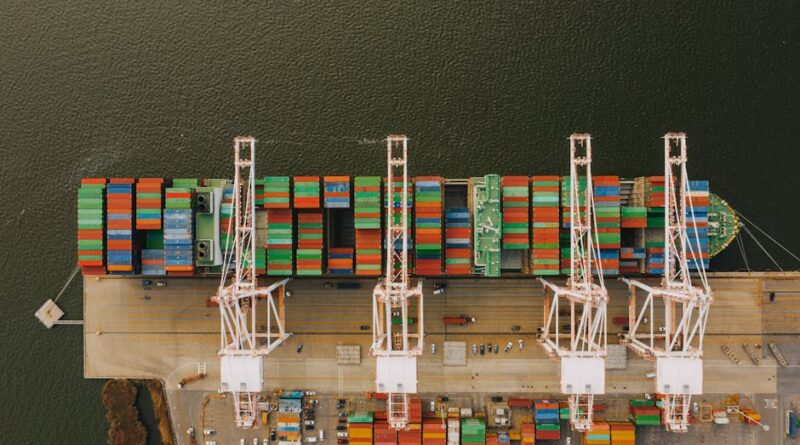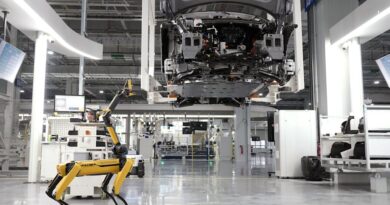The Evolution of Delivery Drones: Revolutionizing the Logistics Industry
Welcome to the future of delivery where unmanned aerial vehicles, commonly known as drones, are transforming the way we receive our packages. The evolution of delivery drones has been a fascinating journey, marked by technological advancements, regulatory challenges, and groundbreaking innovations. From humble beginnings to the potential to revolutionize the logistics industry, delivery drones have come a long way. In this article, we will delve into the evolution of delivery drones, exploring their history, current applications, future prospects, and the impact they are poised to have on the way we receive goods.
The Early Days of Drone Delivery
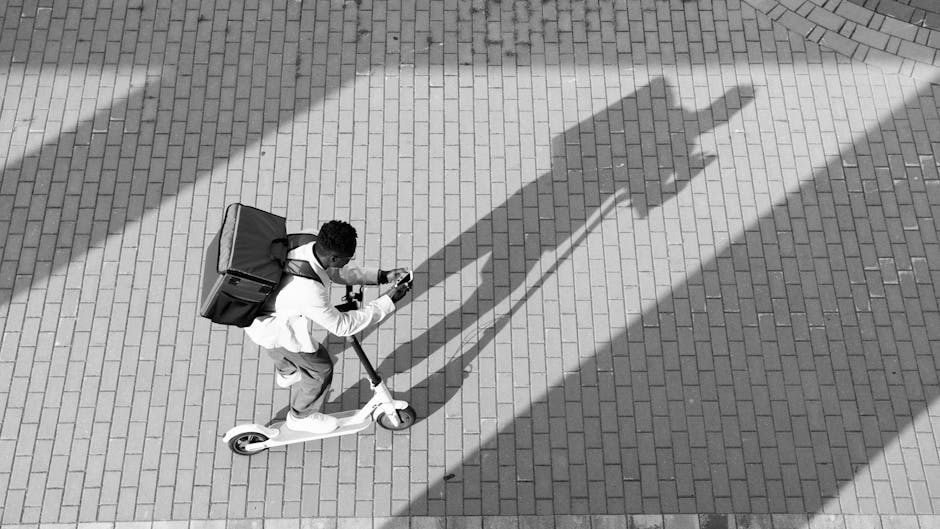
The concept of using drones for delivery purposes is not a new one. In fact, the idea dates back to the early 20th century when the first attempts at aerial delivery were made. However, it wasn’t until the 21st century that significant strides were made in the development of delivery drones. Companies like Amazon and Google were among the pioneers in exploring the potential of drones for last-mile delivery.
One of the key milestones in the evolution of delivery drones was Amazon’s announcement of its Prime Air service in 2013. The concept involved using drones to deliver packages to customers in under 30 minutes. While the idea seemed ambitious at the time, it sparked a flurry of interest in the potential of drone delivery.
Since then, several companies have entered the drone delivery space, each with their own unique approach and technology. From small startups to established logistics firms, the competition to develop the most efficient and reliable delivery drones has been fierce.
Technological Advances in Delivery Drones
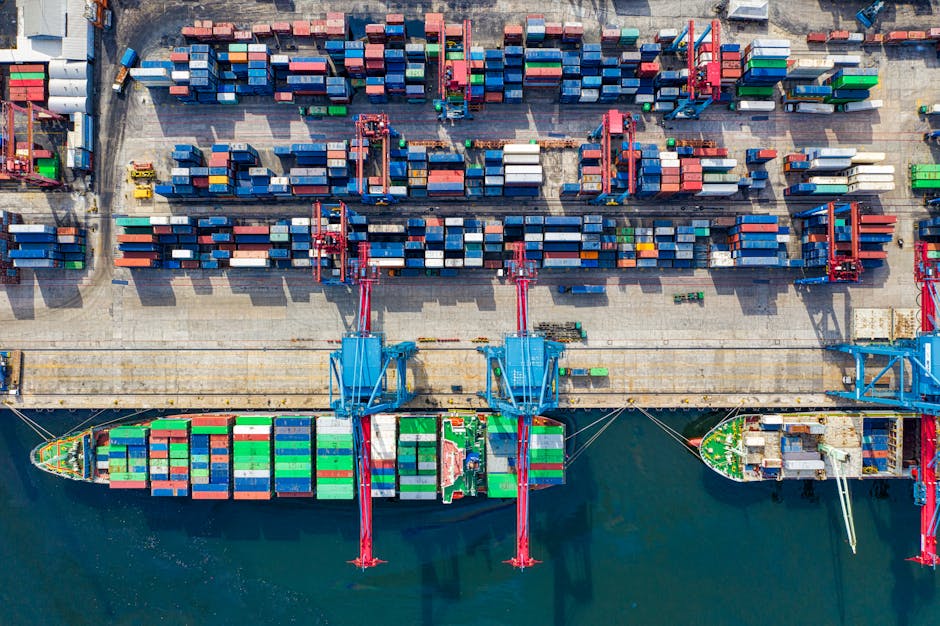
One of the key drivers of the evolution of delivery drones has been the rapid advancement of technology. In the early days, drones were limited in terms of range, payload capacity, and battery life. However, with advancements in materials science, battery technology, and aerodynamics, drones have become more capable than ever before.
Modern delivery drones are equipped with a range of sensors, cameras, and GPS systems that allow them to navigate complex environments with precision. They are also designed to be lightweight, durable, and energy-efficient, enabling them to carry a variety of payloads over long distances.
One of the most significant technological advances in delivery drones has been the development of autonomous flight systems. These systems allow drones to operate without human intervention, following pre-programmed routes and avoiding obstacles in real-time. This level of autonomy has made drone delivery more efficient, reliable, and cost-effective.
Current Applications of Delivery Drones
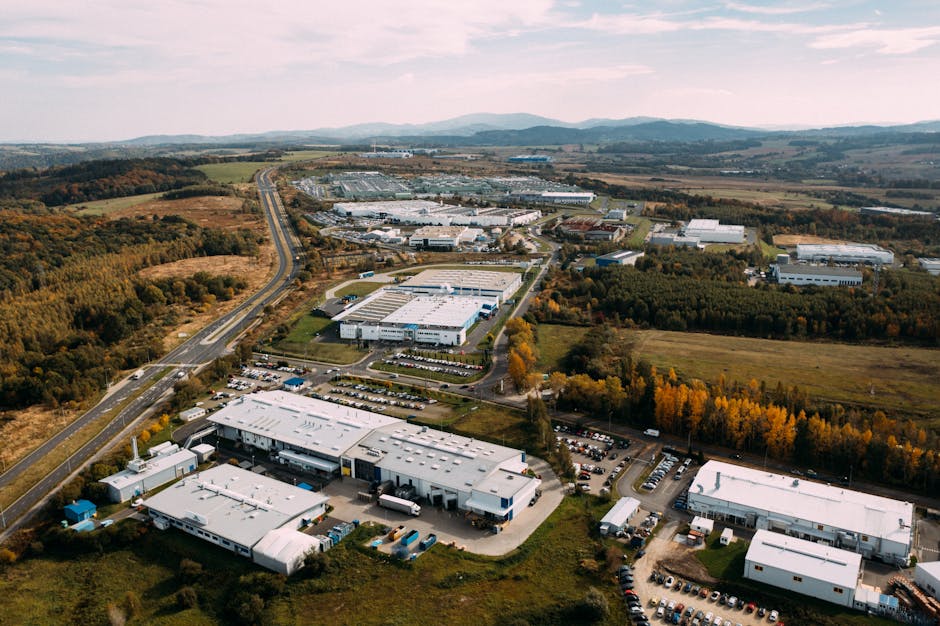
While drone delivery is still in its early stages, there are several companies that have already started using drones to deliver packages to customers. These companies operate in a variety of industries, including e-commerce, healthcare, and logistics. Some of the most common applications of delivery drones include:
1. Last-Mile Delivery: One of the most promising applications of delivery drones is in last-mile delivery. Drones can be used to transport packages from distribution centers to customers’ doorsteps, bypassing traffic congestion and reducing delivery times.
2. Medical Supply Delivery: In remote or underserved areas, drones can be used to deliver essential medical supplies such as vaccines, blood samples, and medications. This has the potential to save lives by ensuring timely delivery of critical healthcare products.
3. Disaster Relief: During natural disasters or emergencies, drones can be used to deliver food, water, and other essential supplies to affected areas. This can help reach people in need quickly and efficiently, even in areas that are difficult to access by traditional means.
The Future of Delivery Drones
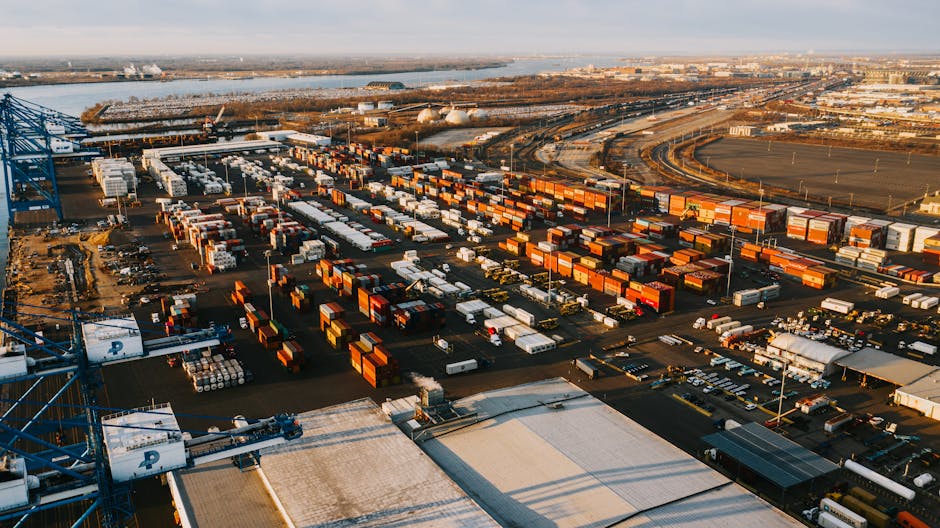
As technology continues to advance and regulations evolve, the future of delivery drones looks incredibly promising. Experts predict that drone delivery will become more widespread in the coming years, with drones being used for a wide range of applications beyond just package delivery.
One of the key trends that is expected to shape the future of delivery drones is the use of drone swarms. These are groups of drones that work together to deliver packages in a coordinated manner. By operating in swarms, drones can cover larger areas, carry heavier payloads, and work together to navigate complex environments.
Another important development in the field of delivery drones is the integration of artificial intelligence. AI-powered drones can learn from their experiences, adapt to changing conditions, and make decisions autonomously. This level of intelligence will make drones more efficient, reliable, and safe to operate.
Regulatory Challenges and Controversies
Despite the potential benefits of delivery drones, there are several regulatory challenges and controversies that need to be addressed. One of the main concerns is around safety and privacy. Drones flying in urban areas can pose a risk to pedestrians, vehicles, and buildings. There are also concerns about the potential for drones to be used for surveillance or other nefarious purposes.
Regulators are working to establish guidelines and rules for the safe operation of delivery drones. These include restrictions on where drones can fly, how high they can fly, and what kind of payloads they can carry. Companies that operate delivery drones must comply with these regulations to ensure the safety of the public and the integrity of the airspace.
Expert Opinions on Delivery Drones
Many experts in the field of logistics and technology have weighed in on the potential of delivery drones. While some are optimistic about the future of drone delivery, others are more cautious. Some of the key points raised by experts include:
1. Efficiency: Proponents of delivery drones argue that they can help reduce delivery times, lower costs, and improve customer satisfaction. By using drones for last-mile delivery, companies can avoid traffic congestion and deliver packages more quickly.
2. Safety: Critics of delivery drones point out the potential risks associated with their operation, including collisions with aircraft, interference with other drones, and accidents on the ground. Ensuring the safety of drone operations is a top priority for regulators and industry stakeholders.
3. Environmental Impact: Another factor to consider is the environmental impact of delivery drones. While drones themselves are more energy-efficient than traditional delivery vehicles, the increased use of drones could lead to higher energy consumption and carbon emissions. Companies must find ways to minimize the environmental impact of drone delivery.
Conclusion: The Sky’s the Limit for Delivery Drones
To wrap things up, the evolution of delivery drones has the potential to revolutionize the way we receive goods. From faster delivery times to improved access to remote areas, drones offer a range of benefits for both businesses and consumers. However, there are still challenges to overcome, including regulatory hurdles, safety concerns, and environmental impacts.
As technology continues to advance and regulations become more streamlined, we can expect to see a significant increase in the use of delivery drones in the coming years. Companies that embrace this technology and find innovative ways to leverage it will have a competitive advantage in the fast-paced world of logistics.
Whether you’re excited about the prospect of receiving your packages via drone or have reservations about the impact of drone delivery, one thing is clear the sky’s the limit for the evolution of delivery drones.

